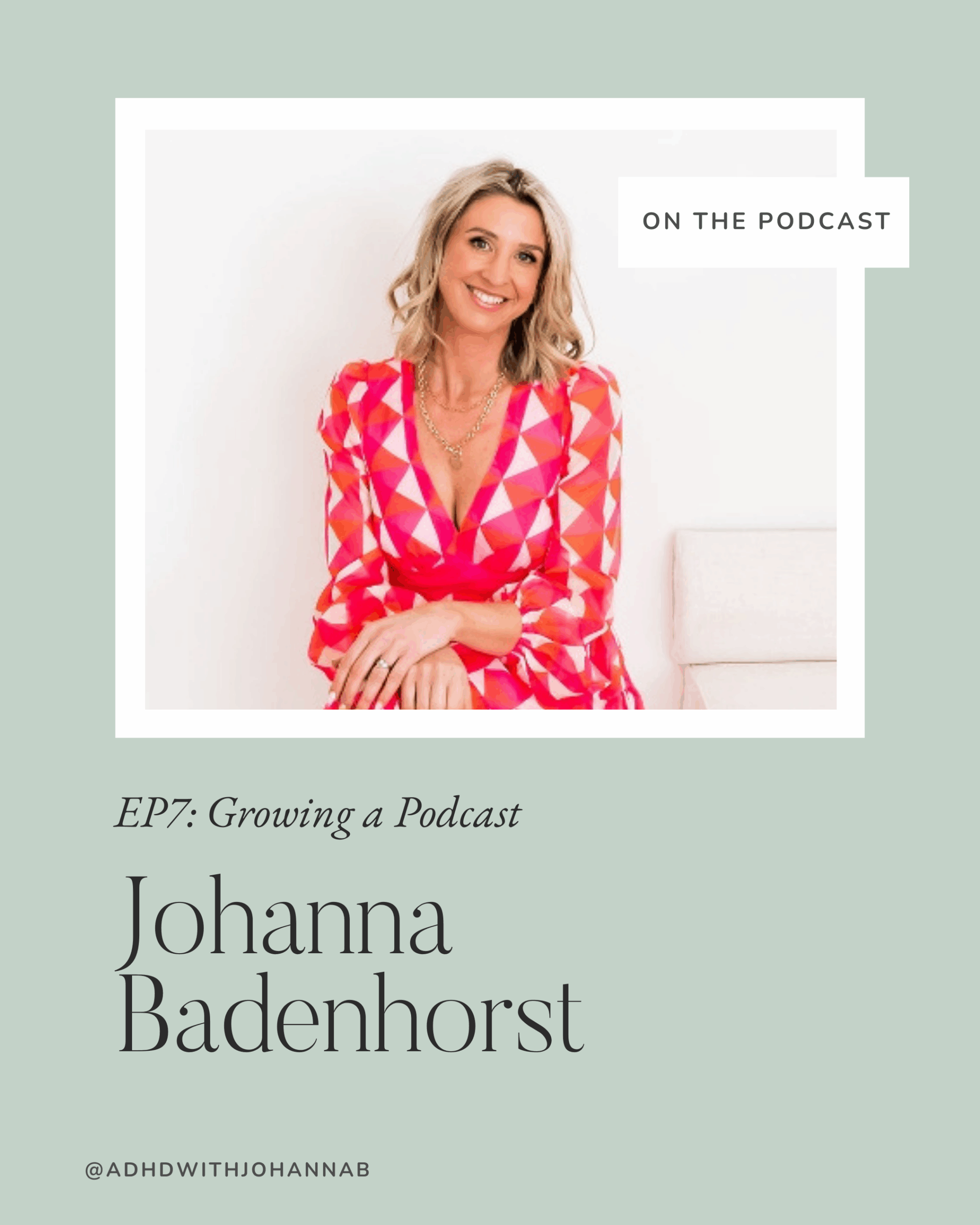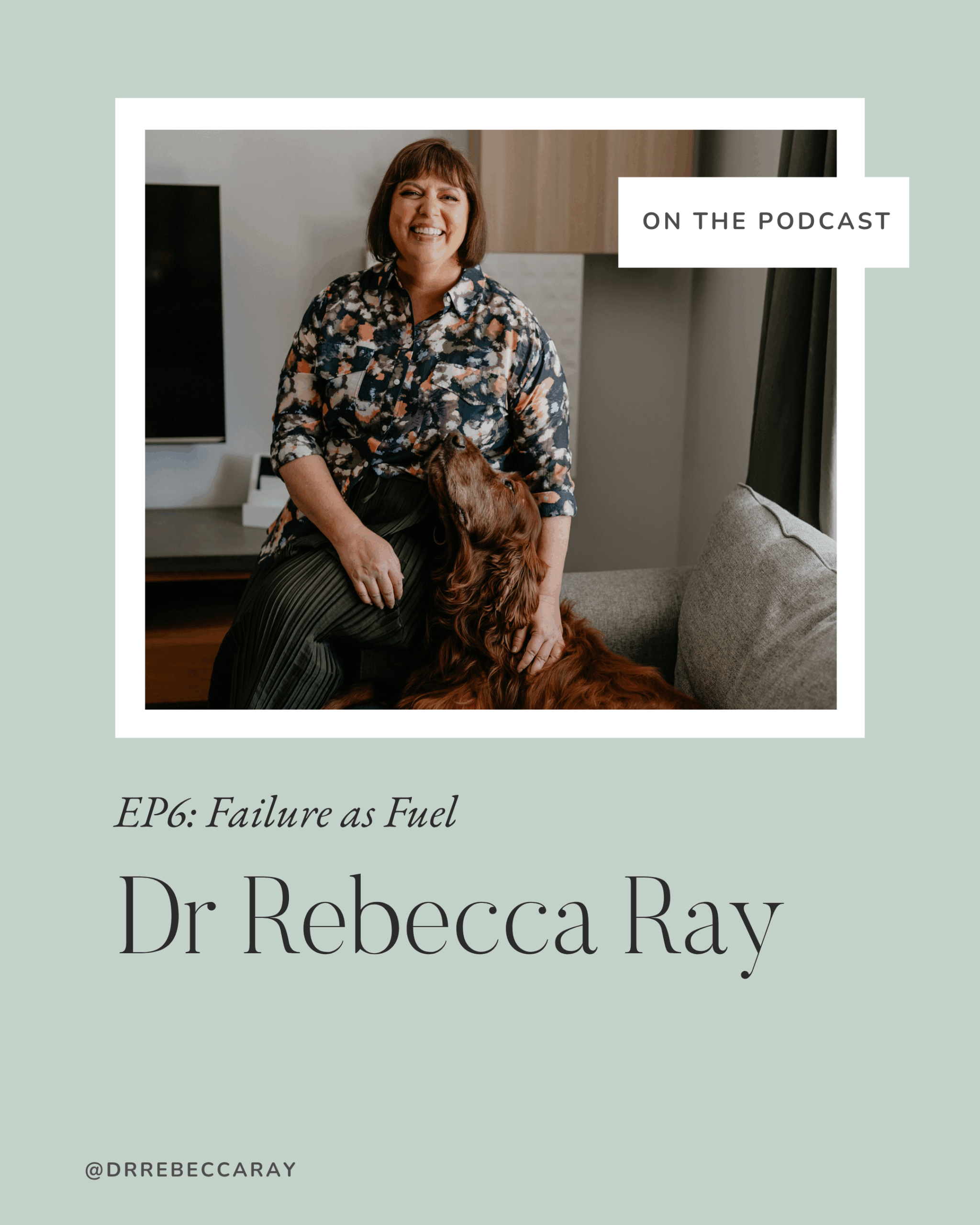How to Prepare for an ADHD or Autism Assessment (and Care for Yourself After)
If you’re waiting for an ADHD and/or autism assessment, it’s completely expected be feeling anxious. Many of my clients also feel they are caught in a loop of self-doubt and over thinking. Floating between trusting your instincts and all the research you’ve done so far, but then wondering if you’re imagining things. If you’re making it all up, exaggerating, or “following a trend”.
You might worry that your mind will go blank. To be honest, it probably will sometimes! That’s ok, remember that I’ll be able to prompt, give you examples or ask the question in a different way. I also tell clients that you might think of other examples in the days after assessment. It’s completely fine to email me and send me those thoughts. In all likelihood I don’t need it to complete your assessment, but I just know that it often helps people process. Especially for my clients who experience delayed verbal processing (i.e., you tend to go over a conversation you’ve had and then only truly have a sense of what you think and feel a few days later).
You might worry about getting an answer “right” or have thoughts like “what if I don’t seem adhd/autistic enough?” or “what if it’s not picked up?”. The best thing you can do is just notice the worry is there. If you’ve had a long history of anxiety, perfectionism and really high standards for yourself then this is expected. If you’ve been masking for a long time then there is likely also a protective part of you (a very young child part!) who just wants to get things “right” in order to avoid shame.
What to Expect in an Assessment
We start with evidence-based self-report measures for ADHD, Autism and masking before we meet on assessment day because they give a guide as to what you’re experiencing. However, they are one-sided and don’t tell the full picture. They don’t allow for nuance or longer exploration of what the question is really asking. They are still (mostly) written with men in mind. Some of the phrasing can be quite vague or confusing. They aren’t perfect, but the ones I choose give the best chance of NOT missing neurodivergence in women. I’m always looking at the latest research and updates, and have hope that these tools will continue to improve.
From there, we meet for up to 3 hours to talk through your experiences in an interview stlye format. I ask a lot of questions, but a good assessment should feel like a conversation. A deep conversation with a focus on your actual lived experience. There is an art to finding flow in a diagnostic assessment so that it doesn’t feel ‘clinical’. It might be because my alternate career idea was to be a journalist where I could interview people about their music or movies all day. If you look at the great interviews you’ve ever watched (for me, I grew up watching Andrew Denton, Michael Parkinson and Oprah). I you watch experienced interviewers, there’s a flow. They will genuinely attune to the guest and not spend all their time looking at notes or asking boring, generic questions. The interviewer will take their time and will make it all about the guest. They will have prepped so that they know enough about their guest and can ask considered questions.
There is a somewhat predictable pattern to what I ask
If you keep in mind that adhd and autism are brain differences that occur across the lifespan, then this is what I’m looking for. A pattern of examples that spans childhood, adolescence and adulthood. Typically I’ll ask:
“Tell me about how X symptom is impacting you now” and “tell me about how X impacted you as a child”.
Sometimes people worry that they don’t recall that much from childhood. You’re not expected to remember everything! Again, I’ll be prompting you with examples but also looking for signs of masking, scaffolding and over-compensating. I’ll also be considering your individual circumstances. It’s not just about whether you can do something, but at what cost to your energy, self-worth and identity?
Maybe you’ve managed to keep everything together through routines, perfectionism, or sheer willpower. That’s important information too, because it shows the hidden effort, masking, and shame that often sit behind the scenes.
How to Prepare Without Over-Preparing
Some people like to jot down notes when they notice what they feel captures an “ADHD” or “autism” moment. Other clients might speak with people who knew them as children to spark memories. However, there’s no requirements here. An assessment must feel safe and validating. If you aren’t going to feel safe and validated talking to your family or people from your childhood, then I’d query how useful it’s going to be.
After the Assessment: Allow Space
The process can feel intense, even when it’s interesting and validating. It is like the opposite of small talk! Most people find the process engaging, but it’s still a demanding task for energy and focus. I don’t recommend rushing straight back into work or parenting. Give yourself breathing room afterwards. Go for a walk, stretch, drink water, and allow for integration time. As well as going back over the conversation your brain is likely doing some deep work. For many people, this begins the process of realizing “I’ve had a neurodiverse brain all this time”. Your brain then begins to re-organise and re-evaluate key moments in your life.
Many women describe a mix of relief, clarity, and even grief in the days that follow. These emotions are all part of integrating a new understanding of yourself. Building in downtime helps you process without being pulled immediately back into the noise of everyday life.
The Takeaway
Preparing for an ADHD or autism assessment doesn’t mean memorising answers or proving yourself. It means showing up with curiosity and letting the process unfold. You’ll leave with a clearer sense of how your brain works and why certain patterns have felt so hard to shift.
And that clarity is the first step toward change.





